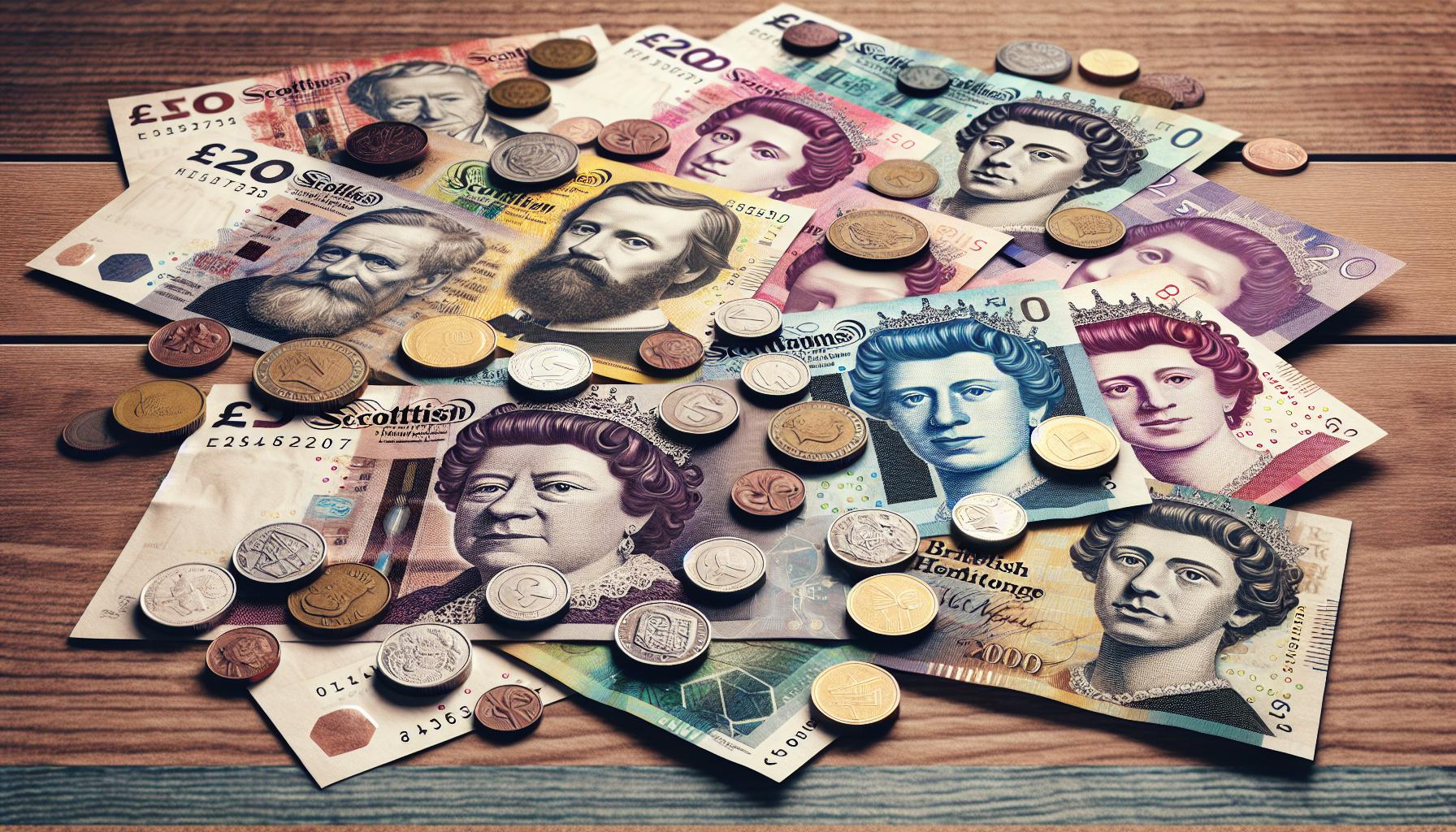Golf has long been a sport where passion and competition collide, but many wonder if amateur golfers can actually make money from their efforts. While the allure of professional tournaments often steals the spotlight, amateur competitions also offer opportunities for golfers to earn cash prizes. Understanding the landscape of amateur golf can shed light on how players can monetize their skills without turning pro.
Amateur golfers often participate in local tournaments, club championships, and even larger events where prize money is at stake. However, the rules governing amateur status can be strict, and players must navigate these regulations carefully. This article explores the various avenues through which amateur golfers can win money, the limitations they face, and the potential rewards that await those who excel on the course.
Do Amateur Golfers Win Money
Amateur golf offers players various avenues for competition and potential earnings. Local tournaments and club championships serve as primary platforms where amateur golfers showcase their skills. Many of these events feature cash prizes, appealing to those passionate about the sport.
Amateur status regulations dictate the extent to which players can earn money. Engaging in competitions allows golfers to gain experience while adhering to these regulations. Organizations, such as the United States Golf Association (USGA), outline specific guidelines that amateurs must follow to maintain their status.
Challenging themselves in competitive environments enables amateur golfers to improve their game. While monetary rewards exist, the primary motivation often blends with personal satisfaction and skill development. Performance in tournaments can open pathways to sponsorships or endorsements for standout players.
Participation in charity events presents another opportunity for amateur golfers to contribute while competing. These events frequently offer prizes or donations to players, allowing them to support reputable causes. Overall, amateur golf provides a dynamic landscape for competition, personal growth, and limited financial gain.
Understanding Amateur Status
Amateur status governs the participation of golfers in events without receiving financial compensation. Adhering to these regulations ensures that players maintain their standing in the amateur ranks, allowing them to focus on skill development and personal fulfillment.
Definition of Amateur Golfers
Amateur golfers are individuals who play golf primarily for enjoyment and personal improvement rather than for financial gain. They compete in tournaments, local clubs, or leagues without receiving compensation beyond permissible prizes. The United States Golf Association (USGA) defines an amateur golfer as someone who has never accepted payment for playing golf and never participates in events where they are compensated financially for their performances.
Rules and Regulations
Players must follow strict rules to retain amateur status. Violations include accepting money or benefits that exceed a certain limit or competing for a prize when not specifically permitted. Key regulations include:
- Prize Limits: Amateur golfers can receive cash prizes, but amounts are often capped, typically around $1,000, or alternative prizes like equipment are favored.
- Event Participation: Maintaining amateur status requires participation in events sanctioned by organizations like the USGA or the International Golf Federation.
- Accepting Expenses: Amateurs cannot accept expenses that exceed necessary travel and lodging costs associated with competition.
These guidelines ensure amateur golfers can compete freely while preserving the integrity of the sport and the spirit of amateurism.
How Amateur Golfers Can Win Money
Amateur golfers can explore various avenues to earn money, although regulations often limit direct financial rewards. Their opportunities include competing in tournaments, attracting sponsorships, and participating in promotional activities.
Prize Money in Amateur Tournaments
Amateur tournaments frequently offer cash prizes for top-performing golfers. In many local competitions, prize limits typically range from $1,000 to $10,000, depending on the event’s prestige and sponsorship. Players must adhere to guidelines established by governing bodies like the USGA, which stipulate a maximum prize amount to maintain amateur status. For instance, winning a club championship might yield a gift certificate or amateur-level prize rather than cash, reinforcing the spirit of competition over financial gain. These tournaments not only provide the opportunity for monetary awards but also enhance players’ competitive experience and skill development.
Sponsorship and Endorsements
Amateur golfers can explore sponsorship and endorsement opportunities that align with their skill level and appeal. Businesses often seek to partner with promising golfers in exchange for promotional representation, providing a non-monetary form of support that covers expenses like equipment or travel. In return, amateurs typically display brand logos on their attire or mention sponsors in public appearances. The value of these endorsements can vary, with some partnerships worth thousands of dollars, especially if the golfer has a strong competitive presence. These partnerships can enhance a player’s exposure and foster connections within the golf community while allowing them to maintain their amateur status.
Case Studies of Successful Amateur Golfers
Many amateur golfers have achieved notable success, demonstrating the potential to earn money while adhering to amateur status regulations. Their stories highlight both their athletic prowess and strategic approaches to competition.
Notable Examples
- Jordan Spieth: Before turning professional, Spieth won the 2011 U.S. Junior Amateur and the 2012 American Amateur Championship, showcasing his talent while remaining an amateur. Spieth’s success led to multiple sponsorship deals once he turned pro.
- Justin Thomas: Thomas claimed the 2010 U.S. Amateur Championship, earning exposure that propelled his career. His victories as an amateur positioned him well for financial opportunities in endorsements after transitioning to professional play.
- Bobby Jones: A historical figure, Jones won 13 major championships while maintaining his amateur status. His influence extended beyond the course, shaping golf’s professional landscape and leading to lucrative endorsements post-retirement.
Impact on Their Careers
Successful amateur golfers often experience significant career enhancements. Achievements in prestigious amateur events frequently lead to:
- Increased Sponsorships: High-profile performances attract sponsorships, with brands seeking to associate with promising talent. This support can cover travel and equipment costs, allowing golfers to focus more on their performance.
- Professional Invitations: Winning or performing well in amateur tournaments often results in invitations to professional events. This exposure can lead to additional monetary rewards and networking opportunities within the golf community.
- Skill Development: Competing at high levels enhances skills and experience, improving their chances of succeeding as professionals. This growth is crucial for aspiring golfers looking to navigate the transition from amateur to professional status seamlessly.
These case studies and impacts underscore the significant opportunities available to amateur golfers who perform well while maintaining compliance with amateur regulations.
Trends in Amateur Golf Earnings
Amateur golfers face evolving earnings opportunities through diverse avenues. Local tournaments and club championships remain primary sources of cash prizes, typically ranging from $1,000 to $10,000. Compliance with United States Golf Association (USGA) regulations is crucial to maintaining amateur status while competing for these prizes.
Sponsorships and endorsements also emerge as significant income avenues. Businesses increasingly seek partnerships with talented amateur golfers for promotional representation. These partnerships often cover expenses, such as equipment and travel, without infringing on amateur status.
Participation in charity events has gained traction, offering amateur golfers the chance to compete while supporting meaningful causes. These events provide not only a platform for competition but also an opportunity for personal connection within their communities.
Notable trends include increases in the visibility of amateur competitions through social media and streaming platforms. Enhanced exposure attracts sponsors and audiences, ultimately creating more potential financial opportunities for amateur golfers.
The rise of amateur golf leagues and female participation has increased overall competition, paving the way for aspiring golfers to gain attention and funding through performance. Emerging platforms also facilitate direct connections between golfers and potential sponsors, making pathways to endorsements more accessible than ever.
Recent success stories of amateur golfers transitioning to professional careers reinforce these trends. High-profile performances lead to enhanced sponsorship deals, invitations to prestigious events, and invaluable experience that contribute to their professional growth.
Amateur Golfers Tips
Amateur golfers have various avenues to potentially earn money while enjoying the sport they love. With opportunities in local tournaments and charity events, they can find a balance between competition and personal growth. The allure of cash prizes and sponsorships adds excitement to their journey.
However, adhering to strict amateur regulations remains crucial. By maintaining their amateur status, players can continue to compete freely and preserve the integrity of the sport. The evolving landscape of amateur golf, supported by increased visibility and participation, opens doors for those willing to showcase their skills.
Ultimately, the journey of an amateur golfer is about more than just financial gain. It’s about passion, dedication, and the pursuit of excellence on the course.





















